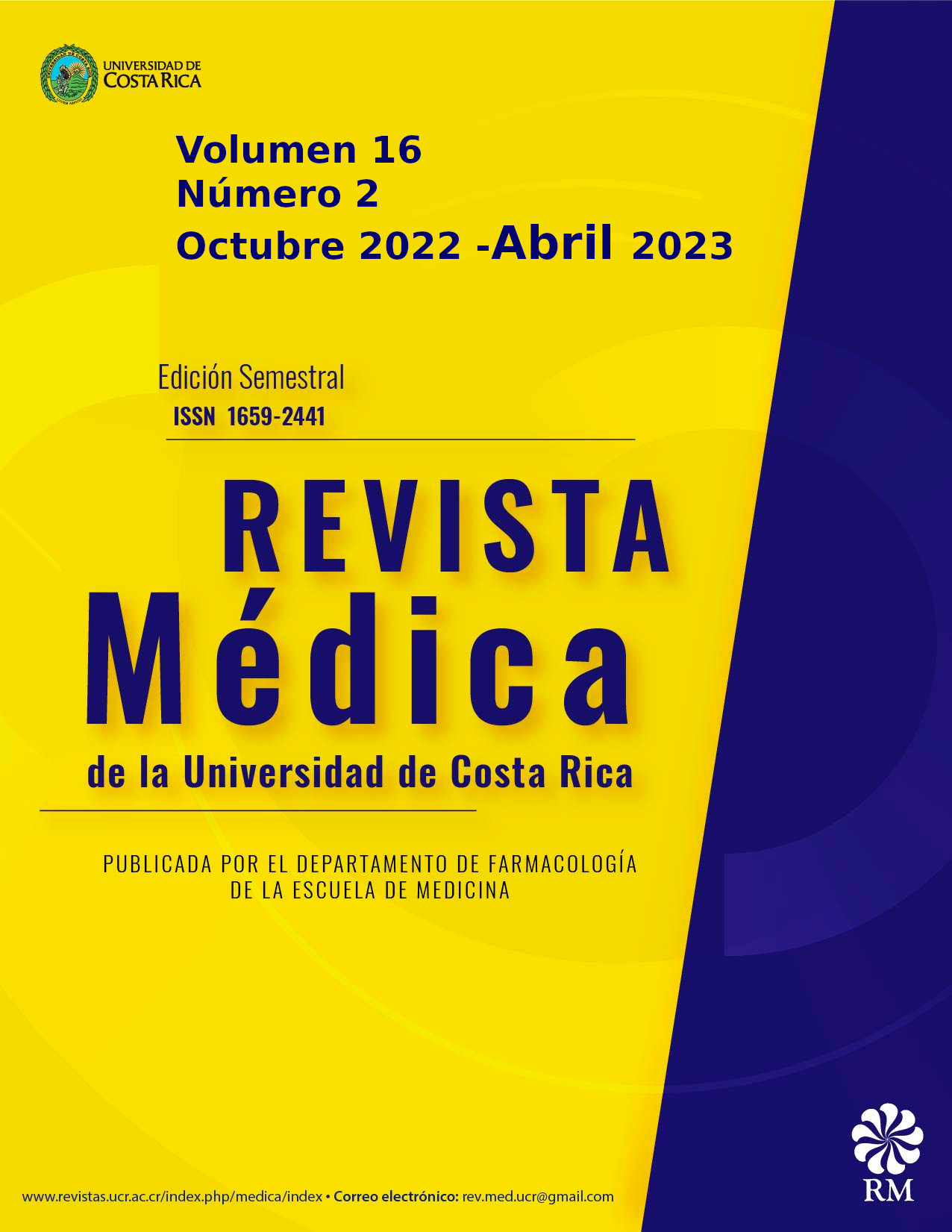Abstract
Edwardsiella tarda has been associated mainly with gastrointestinal infections, when contact is made with or consumption of undercooked aquatic animals, including reptiles. Thus, E. tarda has been considered a germ that shares the clinical patterns of salmonellosis. When it occurs in hosts with some spectrum of susceptibility due to immunosuppression, up to 20% of the involvement has been reported extraintestinal including its most severe presentation in the form of bacteremia. We present a case of Edwardsiella tarda infection in a patient with a history of neurofibromatosis and high-grade spindle cell sarcoma, under immunosuppressive treatment, who presented with genital bleeding and rapid deterioration of general condition. The role of rapid bacterial identification by the clinical laboratory using molecular methods and conventional cultures to reduce diagnostic uncertainty is highlighted, which played a crucial role in the final antibiotic treatment of the patient and the resolution of the infectious process.
Key words: Bacteremia, Edwardsiella tarda, Hypovolemic Shock, Immunosuppression. Source:DeCS.
References
Ewing WH, Mcwhorter AC, Escobar MR, Lubin AH. Edwardsiella, a new genus of Enterobacteriaceae based on a new species, E. tarda. Int J Syst Bacteriol. 1965 Ene 01;15(1):33–38.
Tamura K, Sakazaki R, McWhorter AC, Kosako Y. Ed-wardsiella tarda serotyping scheme for international use. J Clin Microbiol 1988; 26: 2343-2346
Imhoff JF. “Enterobacteriales”. BT - Bergey’s Manual® of Systematic Bacteriology. In: Brenner DJ, Krieg NR, Staley JT, Garrity GM, Boone DR, De Vos P, et al. (eds). Boston, MA: Springer US; 2005. Consultado: 6 de febrero de 2022 p. 587–850. Disponible en: https://doi.org/10.1007/0-387-28022-7_13
Janda JM, Abbott SL. Infections Associated with the Genus Edwardsiella: the Role of Edwardsiella tarda in Human Disease. Clin Infect Dis. 1993 Oct;17(4):742–748.
Janda JM, Abbott SL. The Changing Face of the Family Enterobacteriaceae (order: “Enterobacterales”): New Members, Taxonomic Issues, Geographic Expansion, and New Diseases and Disease Syndromes. Clin Microbiol Rev. 2021 Feb 24;34(2).
Amorocho Pérez RD, García Ramírez A. Sepsis por Edwardsiella tarda y asociación con anemia falciforme: reporte de caso y revisión de la literatura. Med. Lab. 2008 Ene 1;14(1-2):43-8. Disponible en: https://medicinaylaboratorio.com/index.php/myl/article/view/468
Thune RL, Stanley LA, Cooper RK. Pathogenesis of Gram-Negative Bacterial Infections in Warmwater Fish. Annu Rev Fish Dis. 1993;3:37–68.
Kamiyama S, Kuriyama A, Hashimoto T. Edwardsiella tarda Bacteremia, Okayama, Japan, 2005-2016. Emerg Infect Dis. 2019;25(10):1817-1823.
Wyatt LE, Nickelson R 2nd, Vanderzant C. Edwardsiella tarda in freshwater catfish and their environment. Appl Environ Microbiol. 1979;38(4):710–4. Disponible en: http://dx.doi.org/10.1128/aem.38.4.710-714.1979.
Joh S-J, Kim M-J, Kwon H-M, Ahn E-H, Jang H, Kwon J-H. Characterization of Edwardsiella tarda isolated from farm-cultured eels, Anguilla japonica, in the Republic of Korea. J Vet Med Sci. 2011;73(1):7–11. Disponible en: https://www.jstage.jst.go.jp/article/jvms/73/1/73_10-0252/_article/-char/ja.
Jordan GW, Hadley WK. Human infection with Edward-siella tarda. Ann Intern Med 1969; 70: 283-288.
Sachs JM, Pacin M, Counts GW. Sickle hemoglobinopathy and Edwardsiella tarda meningitis. Am J Dis Child 1974; 128: 387-388.
Leung KY, Siame BA, Tenkink BJ, Noort RJ, Mok Y-K. Edwardsiella tarda - Virulence mechanisms of an emerging gastroenteritis pathogen. Microbes Infect. 2012 Ene;14(1):26–34.
Cannon JW. Hemorrhagic Shock. N Engl J Med. 2018;378(4):370–379.
Stock I, Wiedemann B. Natural Antibiotic Susceptibilities of Edwardsiella tarda, E. ictaluri, and E. hoshinae. Antimicrob Agents Chemother. 2001 Ago 01;45(8):2245–2255.
Muyembe T, Vandepitte J, Desmyter J. Natural colis-tin resistance in Edwardsiella tarda. Antimicrob Agents Chemother 1973; 4: 521-524.
Stock I, Wiedemann B. Natural antibiotic susceptibilities of Edwardsiella tarda, E. ictaluri, and E. hoshinae. Antimi-crob Agents Chemother 2001; 45: 2245-2255.
Tonosaki K, Yonenaga K, Mikami T, Mizuno T, Oyama S. Acute Cholecystitis, Sepsis, and Disseminated Intravascular Coagulation Caused by Edwardsiella tarda in an Elderly Woman. Tokai J Exp Clin Med. 2021;46(1):51–53.
Janda JM, Abbott SL. Infections associated with the genus Edwardsiella: the role of Edwardsiella tarda in human dis-ease. Clin Infect Dis 1993; 17: 742-748.
Wang IK, Kuo HL, Chen YM, Lin CL, Chang HY, Chuang FR, et al. Extraintestinal manifestations of Edwardsiella tarda infection. Int J Clin Pract 2005; 59: 917-921.
##plugins.facebook.comentarios##

This work is licensed under a Creative Commons Attribution-NonCommercial 4.0 International License.


